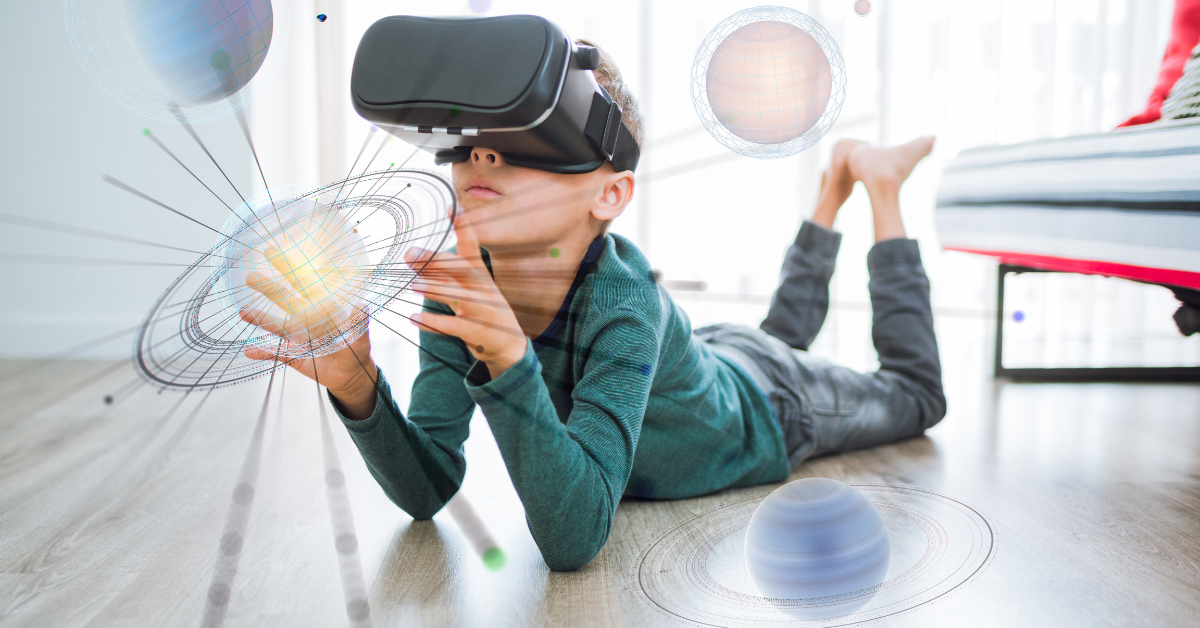6 Key Emerging Technology Trends to Watch in Home Design

4 min read | By Postpublisher P | 03 May 2023 | Technology
The world of technology is continuously evolving, and its impact on various industries, including home design, is significant. From innovative home technology to energy-efficient materials, technology transforms how we design, build, and live in our homes. As we seek ways to live more comfortably, sustainably, and efficiently, emerging technology trends are shaping the future of home design. Here will explore six key emerging technology trends in home design, including innovative home technology, augmented and virtual reality, energy-efficient materials, hardwood technology, 3D printing, and biophilic design. We will also touch on other trends, including natural materials and minimalist design.
1. Smart Home Technology

Innovative home technology has revolutionized how we live and interact with our homes. With the ability to remotely control devices and appliances, smart homes offer increased convenience, efficiency, and security. Smart thermostats can be programmed to adjust temperature settings based on your preferences and schedule, while intelligent lighting can be controlled with a simple voice command. Intelligent security systems can monitor your home 24/7 and send alerts to your smartphone if there is any unusual activity. Additionally, innovative home technology can help reduce energy consumption and save money on utility bills. As innovative home technology continues to evolve, we can expect even more innovative features to enhance how we live in our homes.
2. Augmented and Virtual Reality

Augmented and virtual reality technologies are transforming how we design and build homes. With augmented reality, designers can create virtual overlays of digital objects on top of real-world objects, providing a more immersive and interactive experience. Virtual reality, on the other hand, allows homeowners to experience a full-scale, 3D model of their home before construction begins. This technology enables homeowners to visualize the final product, make necessary changes, and reduce the risk of costly errors during the construction process. Augmented and virtual reality technologies can help homeowners make informed decisions about home design, interior decoration, and furniture placement, leading to a more personalized and efficient living space.
3. Energy-Efficient Materials

Energy-efficient materials are becoming increasingly popular in home design because they reduce energy consumption and save money on utility bills. These materials, such as insulated concrete forms and structural insulated panels, provide better insulation and air sealing than traditional building materials, resulting in a more energy-efficient home. Green roofs and solar panels can be used to generate renewable energy and further reduce energy consumption. Energy-efficient materials provide long-term cost savings and contribute to a more sustainable and eco-friendly home, making them an important consideration for homeowners who want to diminish their carbon footprint and live more sustainably.
4. Hardwood Technology

Hardwood technology is an emerging trend in home design that uses advanced manufacturing techniques to enhance the durability and longevity of hardwood furniture. Traditional hardwood furniture is prone to wear and tear, scratches, and water damage. However, hardwood can be treated and reinforced with advanced technology to resist damage, increase strength, and provide a longer lifespan. This technology also allows the creation of more intricate and unique designs previously impossible to achieve. Hardwood technology is an excellent option for high-quality, long-lasting, aesthetically pleasing, and functional furniture.
5. 3D Printing

3D printing technology is revolutionizing manufacturing and creating objects, including furniture and home decor. With 3D printing, designers can create complex and sophisticated designs that were previously impossible to achieve with traditional manufacturing methods. This technology also allows for the customization and personalization of objects, enabling homeowners to create unique and personalized home decor and furniture pieces. In addition, 3D printing can reduce waste and lead times associated with traditional manufacturing, making it a more sustainable option.
6. Biophilic Design

Biophilic design is an emerging trend that seeks to bring nature into the built environment by incorporating natural elements and materials into home design. This design approach recognizes the importance of connecting with nature for our mental and physical well-being and seeks to create living spaces that promote health and well-being. Biophilic design principles include using natural materials such as wood, stone, and water, as well as incorporating natural light, plants, and natural patterns and textures. This design approach can improve indoor air quality, reduce stress, and enhance productivity and creativity. Biophilic design is an excellent option for creating a healthy and sustainable living space that promotes well-being and harmony with nature.
Conclusion
Emerging technology trends transform how we design, build, and live in our homes. Innovative home technology, augmented and virtual reality, energy-efficient materials, hardwood technology, 3D printing, and biophilic design are all exciting and innovative trends shaping home design’s future. These technologies offer homeowners increased convenience, efficiency, sustainability, and well-being.
The use of natural materials and minimalist design are other significant trends to watch for in a home design. As technology advances and improves, we can expect even more ingenious solutions that will enhance how we live in our homes and promote a more sustainable and amicable relationship with the environment.
The latest from our editors
Join over 150,000+ subscribers who get our best digital insights, strategies and tips delivered straight to their inbox.


